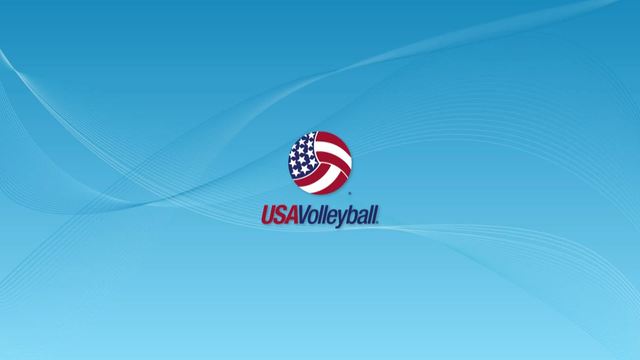
published May 2011
This week begins one of the more special annual events held at the U.S. Olympic Training Center in Colorado Springs, the Wounded Warrior Games. No time for Tuesday Tips for the Coaches of Chaos, sorry. This event is just mega-important to the volleyball family. That said, this Thursday is a special free webinar for YMCAs which you are welcome to also attend as readers of this blog, should the topic interest you…
Saturday (May 14), I took a break from my planning and operational duties as tournament director of the sitting volleyball part of the Games, to coach. My son Cody and USAV CAP staffer Andy Pai are coaching the Special Ops Command (SOCOM) team in the event, but on Saturday both of them had to be at the Colorado Boys' State High School Volleyball Championships coaching, and unable to train their team here. So I got the honor and privilege to work with these guys. They will be competing against teams from the Armed Forces branches of Army, Air Force, Navy and Marines. Given the recent activities of the Special Ops teams overseas, there is a heighted awareness to this truly special group of wounded warriors. The training for this group has been short – the Marines and Navy have been training for this event for months. So this small group, just eight of them, are on a crash course to learn the game. Their logo is pretty intimidating, and they call themselves the Bionic Warriors. Pretty cool all-in-all.
So what are they working on? You might have guessed serving and serve reception, and been right for sure. Combine that with make your motions simple and repeatable as possible, and always error on the side of the positive mistake, not the negative error, and you have the core of what they are focused on. They will run a 6–6, and the only “new” things they are working on – putting up at least two serve blockers, allowed as one of the four rule differences of the game, and using their hands to move, not their legs. This last part takes time to make automatic, and since reading and movement are even more important on such a low net/short court (just over a yard high net and only a six-meter wide by five-meter deep court) where the ball is coming from opponents who are just a few meters away, it is likely to be our Achilles heel. Those who have played more, and thus use their hands to move better, will get to more balls. We know our “system” will be mostly being “out of system” and therefore they are hustling and getting to as many balls as they can to just put up. Backrow attacking comes from just the two-meter line away from the net, and really all six players will be a part of the attack options every time the ball is on their side. Since they want to error off the net, and set at least a meter off the net, you will see a lot of backrow hitting too.
Perhaps the best player on the team is Mike Day. You won't find out much about how he ended up here as a Wounded Warrior, but he did share this with me as we sat on the bench during a water break. He was shot during a single room firefight between himself alone and four enemies, in the town he noted ironically was named Karmah, Iraq. He was the only survivor. They had automatic weapons, he had a rifle, but ended up using his pistol to take down three of his opponents. What did he take in the process? Twenty seven shots...27....half to his body armor...half to his body with no armor. He says how lucky he was as "only two bones were hit..." his thumb and scapula. He has tattoos over some of the bullet holes, flames surrounding the scar/tattoo. As he is Special Ops, that is about the end of the story, but you can read this insightful journalist's look into the town and the recent history there since the fall of Saddam - http://www.michaeltotten.com/archives/2008/03/the-liberation.php Cody and Andy are enjoying training and coaching them in this event – it really is an honor just to share the same court with all these Wounded Warriors who have given so much for us all.
Hopefully one or more will also be able to make it to the U.S. Sitting National Team level, and again represent the USA in a future World or Paralympic competition. Nonetheless, the spirit of play and competition here this next week will be a joy to be a part of. So if you find yourself in Colorado, come on down to the U.S. Olympic Training Center in Colorado Springs and check out the competition.
Our medal round finals will be Saturday afternoon 1-4 p.m. at the main Sport Center One, the finals will be an all USAV Staff run event. Pool play is going on each evening 8-10 p.m. – Tuesday, Wednesday and Thursday up on two courts running at the same time on Sports Center Two courts.
